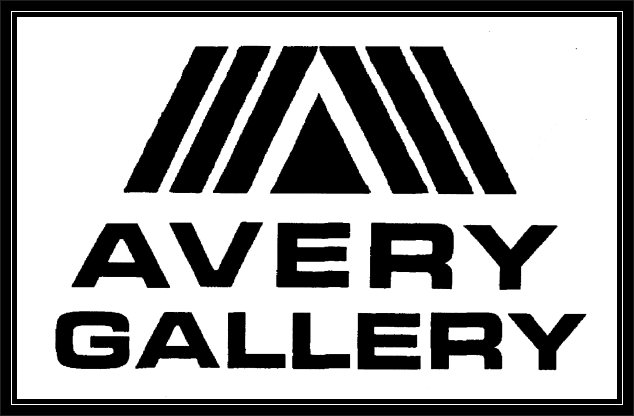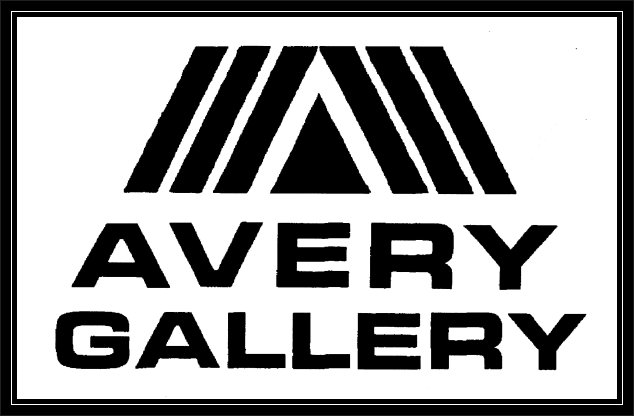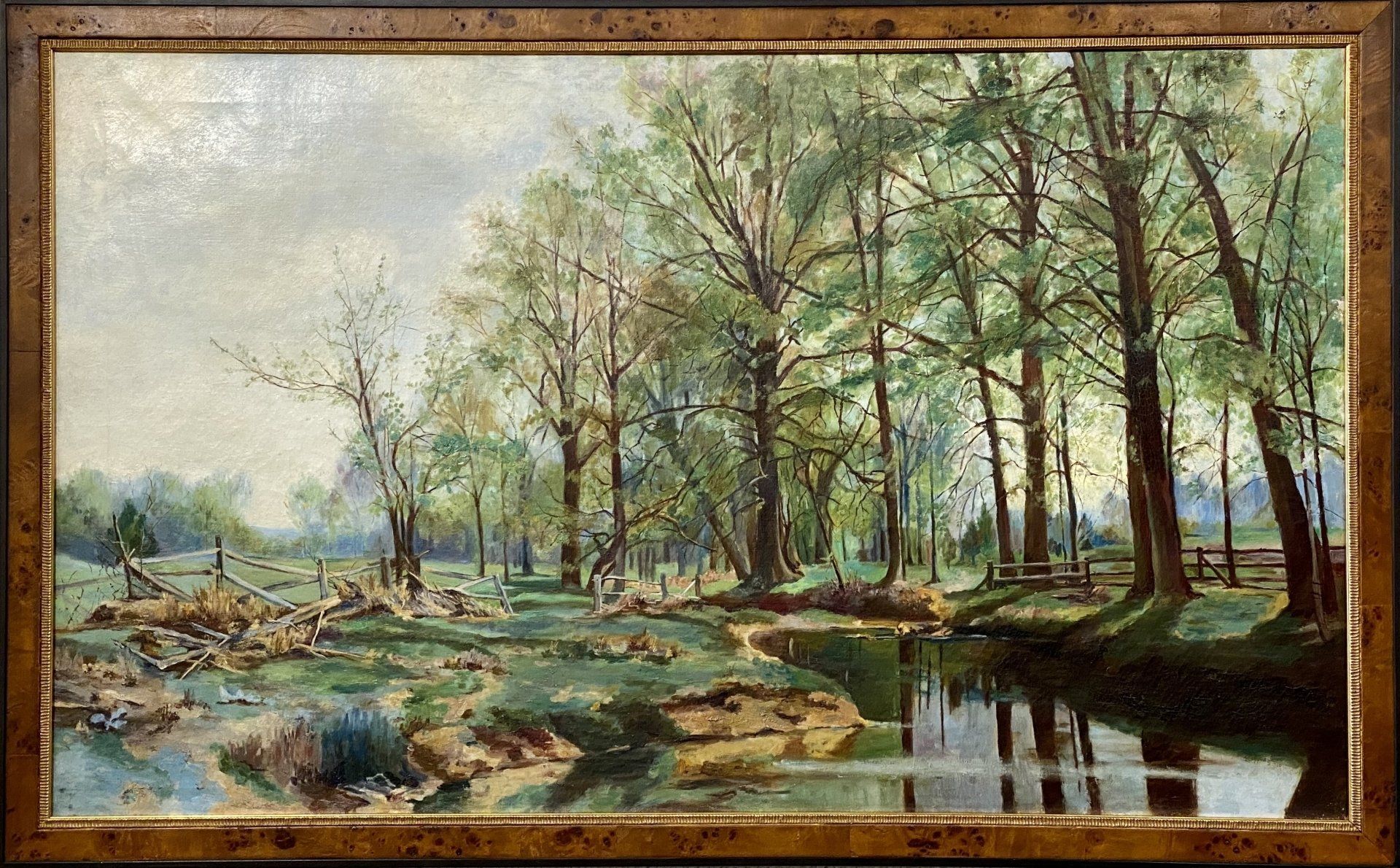Fern Isabel Coppedge
(1883 - 1951)
Born in Decatur, Illinois with the maiden name of Kuns, Fern Coppedge became a plein-air impressionist painter especially noted for snowscene landscapes of New Hope, Pennsylvania where she first visited in 1917 and eventually with M. Elizabeth Price, became one of two significant women artists in the Colony. In fact, she established such a strong reputation for herself that she was listed by respected New Hope art historian, Thomas Folk, as "among the most important figures in the late Pennsylvania School" (31), those born after 1882. In 1920, Coppedge bought a studio in Lumberville, near New Hope, and that same year, participated in the New Hope groups' first exhibition. In 1929, she built a house on the Main Street of New Hope, and modeled it after designs of Old Bucks County farmhouse and the studio after a 19th-century carriage house.
One of her close associates was Daniel Garber, a foremost New Hope painter whom she had met when he was a teacher and she was a student at the Pennsylvania Academy. She was also much influenced in her nostalgic winter scenes by the painting of Edward Redfield.
For 30 years from her first visit, she traveled between New Hope, nearby Lumberville, and her studio in Philadelphia. Much taken with the "area's quaint towns and gently rolling hills dotted with nineteenth-century farmhouses (Zellman, 823), she traveled continually in the area for subject matter, often doing sketching and painting from the back seat of her car. She was regarded as "something of a local character", an impression underscored by a description in a 1933 exhibition review by Elizabeth Arnold: "We remember seeing Mrs. Coppedge trudging through the deep snow wrapped in a bearskin coat, her sketching materials slung over her shoulder, her blue eyes sparkling with the joy of life. . . .Born a man, she undoubtedly would have manned a trawler and sailed the Artic Ocean. For her passion is space, the open spaces of land and sea." (Folk, 106)
Her style of Impressionism emphasized bright, contrasting colors, and today she, a highly prolific painter, is often compared to the Fauves and European post-impressionists.
Her art interests go back to her growing up when she was attending high school in Topeka, Kansas, and was encouraged by her teachers to pursue further art training. She enrolled at the University of Kansas, and in 1910, married Robert Coppedge, a biology professor at the University. However, after their marriage, "he mysteriously disappears from all discussion of the artist" (Folk, 105) and apparently no explanation for that omission has been found.
Coppedge continued art studies at the Art Institute of Chicago. Then she went to New York City to study with William Merritt Chase at the Art Students League, and she also studied with John Fabian Carlson in Woodstock, New York. From 1918 to 1919, she attended classes on a fellowship at the Pennsylvania Academy of the Fine Arts, where Daniel Garber was one of her teachers. Further study was with Henry B. Snell at the Philadelphia School of Design for Women.
During her career, in addition to painting at New Hope, she spent many summers painting marine genre in Gloucester and Rockport, Massachusetts. In 1915, she was in Topeka, Kansas.
Her birth year has been listed several ways: 1883, 1885 and 1888.
Memberships included the National Association of Women Artists, Philadelphia Artists Alliance, Plastic Club, Ten Philadelphia Painters, and the North Shore Artist Association.
Among her exhibition venues were the Pennsylvania Academy of the Fine Arts, Kansas City Art Institute, National Association of Women Artists, Moore College of Art and Design Retrospective and The Ten Philadelphia Painters, known as The Ten. This group, whose founding members had studied together in Philadelphia, began in 1917, a thirty year association of regular exhibitions. Most of the members, like Coppedge, led unconventional lives.
One of her close associates was Daniel Garber, a foremost New Hope painter whom she had met when he was a teacher and she was a student at the Pennsylvania Academy. She was also much influenced in her nostalgic winter scenes by the painting of Edward Redfield.
For 30 years from her first visit, she traveled between New Hope, nearby Lumberville, and her studio in Philadelphia. Much taken with the "area's quaint towns and gently rolling hills dotted with nineteenth-century farmhouses (Zellman, 823), she traveled continually in the area for subject matter, often doing sketching and painting from the back seat of her car. She was regarded as "something of a local character", an impression underscored by a description in a 1933 exhibition review by Elizabeth Arnold: "We remember seeing Mrs. Coppedge trudging through the deep snow wrapped in a bearskin coat, her sketching materials slung over her shoulder, her blue eyes sparkling with the joy of life. . . .Born a man, she undoubtedly would have manned a trawler and sailed the Artic Ocean. For her passion is space, the open spaces of land and sea." (Folk, 106)
Her style of Impressionism emphasized bright, contrasting colors, and today she, a highly prolific painter, is often compared to the Fauves and European post-impressionists.
Her art interests go back to her growing up when she was attending high school in Topeka, Kansas, and was encouraged by her teachers to pursue further art training. She enrolled at the University of Kansas, and in 1910, married Robert Coppedge, a biology professor at the University. However, after their marriage, "he mysteriously disappears from all discussion of the artist" (Folk, 105) and apparently no explanation for that omission has been found.
Coppedge continued art studies at the Art Institute of Chicago. Then she went to New York City to study with William Merritt Chase at the Art Students League, and she also studied with John Fabian Carlson in Woodstock, New York. From 1918 to 1919, she attended classes on a fellowship at the Pennsylvania Academy of the Fine Arts, where Daniel Garber was one of her teachers. Further study was with Henry B. Snell at the Philadelphia School of Design for Women.
During her career, in addition to painting at New Hope, she spent many summers painting marine genre in Gloucester and Rockport, Massachusetts. In 1915, she was in Topeka, Kansas.
Her birth year has been listed several ways: 1883, 1885 and 1888.
Memberships included the National Association of Women Artists, Philadelphia Artists Alliance, Plastic Club, Ten Philadelphia Painters, and the North Shore Artist Association.
Among her exhibition venues were the Pennsylvania Academy of the Fine Arts, Kansas City Art Institute, National Association of Women Artists, Moore College of Art and Design Retrospective and The Ten Philadelphia Painters, known as The Ten. This group, whose founding members had studied together in Philadelphia, began in 1917, a thirty year association of regular exhibitions. Most of the members, like Coppedge, led unconventional lives.
Source: AskArt.com




